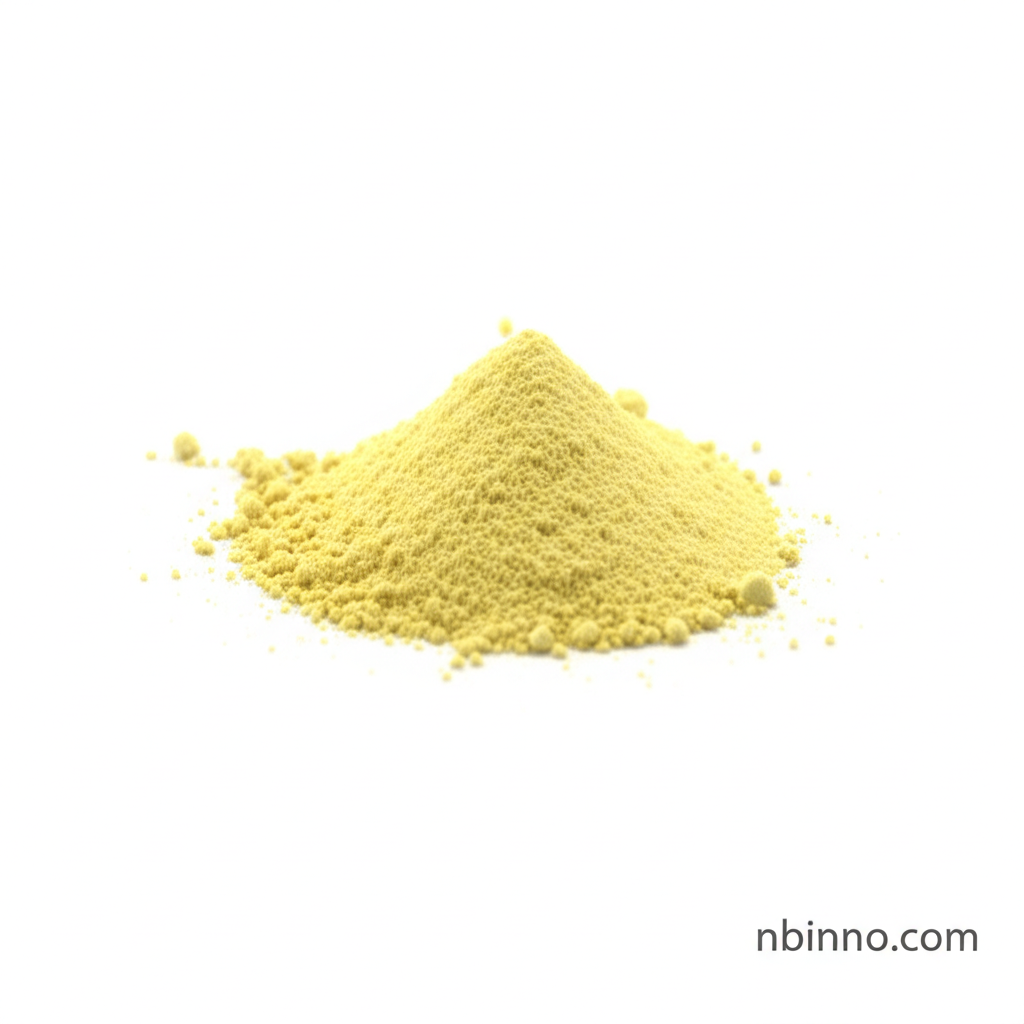5,6-Dihydroxyindole: Your Key to Vibrant Permanent Hair Color
Unlock the secret to long-lasting, brilliant hair color with this essential cosmetic intermediate.
Get a Quote & SampleProduct Core Value

5,6-Dihydroxyindole
As a crucial intermediate for melanogen, 5,6-Dihydroxyindole plays a pivotal role in creating permanent hair dyes. It is notable for its stability in crystalline form yet its rapid oxidation into melanin-like substances under slightly alkaline conditions, a key characteristic for effective dyeing.
- Explore the chemical synthesis of 5,6-dihydroxyindole to understand its production pathways and quality control.
- Discover how 5,6-dihydroxyindole hair dye formulations achieve vibrant and lasting color results.
- Learn about the role of cosmetic intermediates for colorants like 5,6-Dihydroxyindole in modern beauty products.
- Understand the importance of hair keratin dye interactions for color deposition and retention.
Advantages Offered
Enhanced Dye Performance
This compound effectively acts on hair keratin fibers, ensuring a very obvious dyeing effect and providing colors that are not easily faded, even with sun exposure, contributing to superior hair colorant longevity.
Chemical Stability
While reactive in dyeing processes, 5,6-Dihydroxyindole is stable in its crystal state, simplifying handling and storage for cosmetic manufacturers, which is a critical factor for cosmetic chemical suppliers.
Versatile Synthesis Routes
The availability of multiple common synthetic methods, including benzaldehyde, benzonitrile, and phenylethylamine approaches, offers flexibility in production and sourcing for chemical synthesis of 5,6-dihydroxyindole.
Key Applications
Hair Dye Formulation
Used as a primary component in permanent hair dye formulations, contributing to the depth and longevity of hair color, often sought after in hair dye formulations.
Cosmetic Intermediates
Serves as a vital cosmetic intermediate for colorants, enabling the creation of a wide spectrum of shades in various personal care products, a key aspect for cosmetic intermediates for colorants.
Biochemical Research
Its cytotoxic effects and toxicity to pathogens make it a subject of interest in biochemical research and the development of specialized treatments.
Health & Healthcare
While primarily known for hair dyeing, its potential in health food and healthcare products suggests broader applications, underscoring its versatility beyond basic hair colorant.
